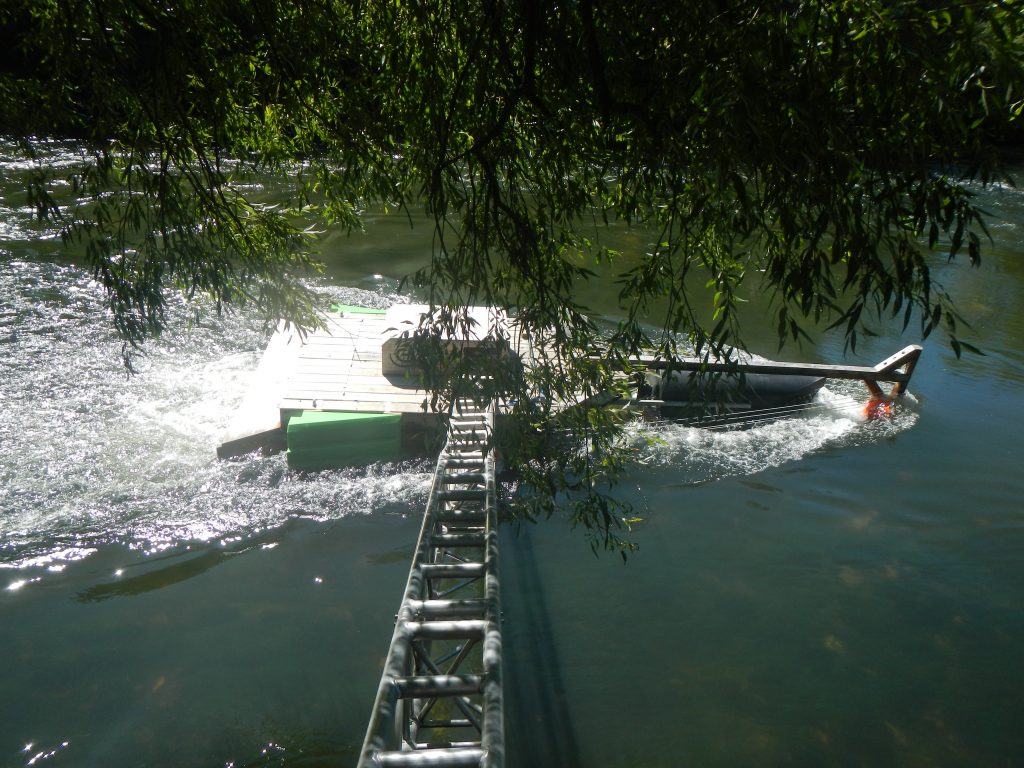According to global statistics there are 1.3Bn people in the world who don’t have electricity because of problems like remote terrain, harsh weather conditions, lack of technology or because of poverty. If we combine available energy technologies by studying the environmental conditions, weather patterns throughout the year and past climate report, this gives effective design for an electricity generation model and scalable according to needs of the municipality.
This decentralized grid structure is already in use and getting more popular nowadays. IRENA is taking initiative to have a community of people who are working to take steps towards a sustainable future. Developing countries like India, Kenya, Costa Rica are pushing their strategies to attain the goal of sustainability by distributed generation.
What is this microgrid? In a microgrid we can combine different low carbon resources available like solar, hydro and wind power. Solar and wind power has the capability to supply enough power to the world population but these sources are season dependent. For example, in summer in Europe sunlight is available for longer durations but not in winter. Wind power also depends on the variability in the wind velocity which needs more studies about seasonal wind patterns to achieve reliability. For example, in Guinea Bissau implementation of 312kW PV micro grid has been started in 2011, starting operations in 2014, for the benefits of 6500 people living in rural area The electricity produced is used by households, schools and small business in Bambadinca.
Since ancient times human race developed around the fresh water sources, we can turn this fact into our favor and develop efficient ways to harness more power from these rivers and canals without building big dams which destroy the ecosystem around it. Plus, hydro power can be used as base load as there is always constant power generation. Excess generated electricity can be fed into a central grid or stored by using storage technologies.
This model provides opportunities to be used in different parts of the world with different environmental, social, economic and political conditions. These efforts of establishing microgrids can reflect into the more efficient and sustainable self-sufficient system satisfying needs of millions of people all over the globe without adding more CO2 emission to attain sustainable common future.

